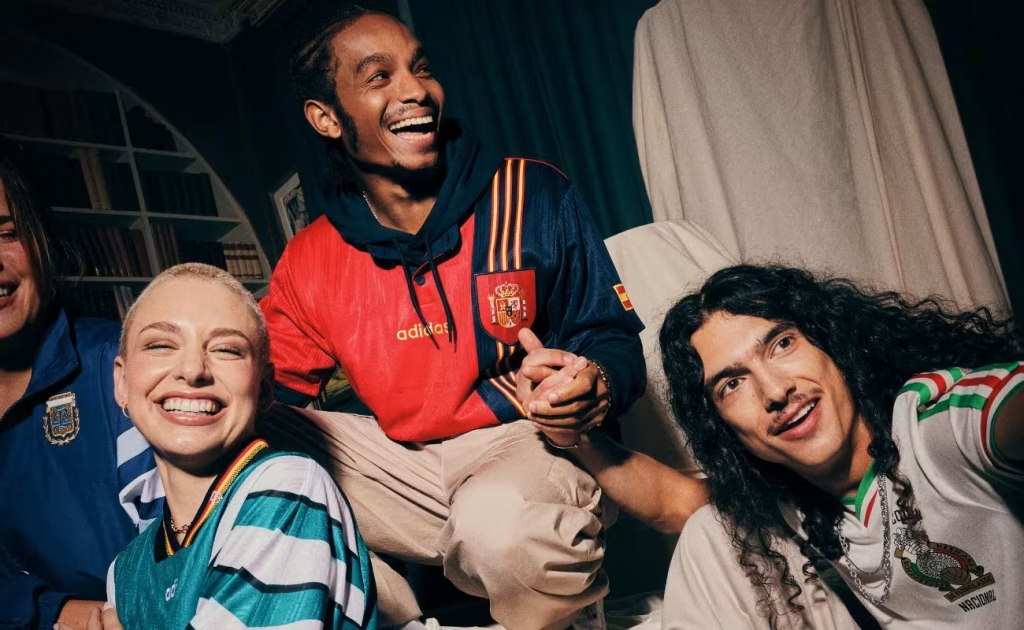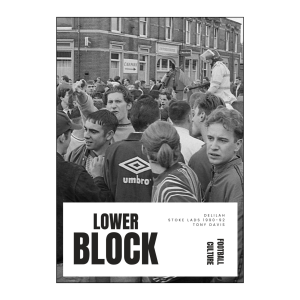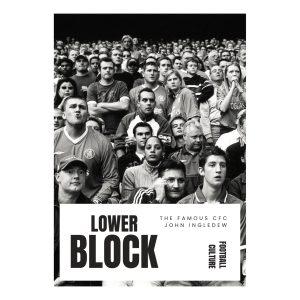Football and fashion have long been intertwined, but the emergence of ‘Blokecore’ has taken this connection to new, unexpected heights. A trend that blends classic football shirts with retro sportswear and terrace casual aesthetics, Blokecore has captured the imagination of fashion-forward circles. However, while it has found popularity among influencers and high-end streetwear enthusiasts, traditional football fans remain largely indifferent—or even dismissive—of what they see as just another passing trend. Far from the terraces of lower league grounds or the pubs filled with lifelong supporters, Blokecore exists in a curated, stylised world of fashion shoots, influencer culture, and trendy urban hotspots like Soho and Shoreditch.

Blokecore draws inspiration from a mixture of classic retro football shirts, Britpop fashion of the 1990s and the ‘casual’ subculture of the late 1970s and 80s, where football fans, particularly in the UK, adopted high-end sportswear and designer labels as their uniform of choice. Back then, brands like Stone Island, Lacoste, and Fred Perry were worn by match-going lads as a way of blending in while also standing out. This era of football fashion was less about official kits and more about understated designer pieces, often influenced by European brands discovered on away trips to the continent.
Fast forward to the 2020s, and Blokecore reinvents this aesthetic for the Instagram generation. The look is simple: vintage football shirts, baggy jeans, adidas Sambas or Gazelles, and a touch of nostalgic sportswear. The aesthetic owes much to the indie sleaze and Y2K revival trends, with Gen Z and young Millennials embracing a ‘throwback’ approach to style. But unlike the original casuals, Blokecore isn’t about following your team home and away—it’s more about the look than the lifestyle.
Blokecore’s rise can be largely attributed to social media platforms like TikTok and Instagram, where influencers and style bloggers have championed the aesthetic. The fashion industry, ever eager to capitalise on a trend, has embraced it wholeheartedly. Brands like Balenciaga, Gucci, and even adidas have jumped on the football fashion wave, releasing collections inspired by retro kits and terrace culture.
Celebrity endorsements have also played a part, with the likes of Bella Hadid, Kendall Jenner, and various high-profile musicians donning vintage football tops as part of their streetwear looks. For those in the fashion world, a 90s or early 2000s replica football shirt has become as much a statement piece as a designer handbag or rare sneakers.
Despite its popularity in the fashion world, Blokecore remains a niche trend in the actual football community. Walk into any traditional matchday pub or lower league ground, and you’re unlikely to see young fans in pristine vintage kits and designer sneakers. For most traditional supporters, football fashion is practical rather than performative—more likely to involve a club scarf, a waterproof jacket, and a sturdy pair of trainers than an immaculately styled outfit designed for an Instagram post.
For many long-time fans, Blokecore feels like an outsider’s appropriation of football culture—an aesthetic detached from the real experiences of supporting a club week in, week out. To them, it’s yet another example of fashion brands commodifying the game’s heritage, much like high-end labels producing luxury versions of terrace staples at eye-watering prices.
As with most trends, Blokecore will likely have its moment before eventually fading into the background. While it remains a strong presence in fashion-conscious areas, it’s unlikely to ever truly infiltrate the match-going culture of the terraces or grassroots football fandom. Football fans, particularly those in the lower leagues, tend to stick to their own distinct style—one that evolves naturally rather than being dictated by high-end fashion brands or TikTok trends.
Ultimately, Blokecore is less about football and more about fashion’s ongoing fascination with monetising working-class culture. Whether it’s punk, casuals, or now vintage football shirts, the industry has always found ways to repackage and sell these styles to a different audience. But as any proper football fan will tell you—you won’t see it in the stands on a cold Tuesday night in Stoke.
Don’t miss out on Lower Block’s latest news, features and products. Subscribe for free below follow us on Instagram, X, BlueSky, Threads, Facebook, TikTok, and YouTube.
You may also enjoy…





